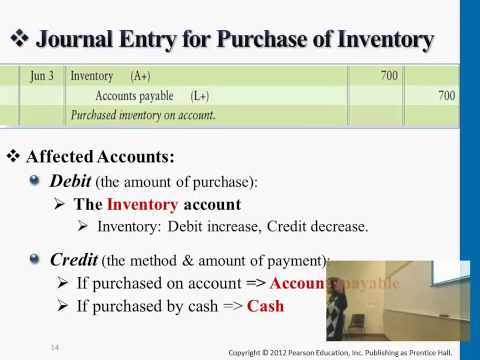Content

The stockholder’s equity section keeps track of your corporate stock transactions. The paid-in capital account and retained earnings account are part of the stockholder’s equity section. The stockholder’s equity section is the third major balance sheet heading after the assets and liabilities sections. The three sections together make up the accounting equation of assets equal liabilities plus stockholder’s equity.

Both U.S. GAAP and IFRS require the reporting of the various owners’ accounts. Under U.S. GAAP, these accounts are presented in a statement that is most often called the Statement of Stockholders’ Equity. Under IFRS, this statement is usually called the Statement of Changes in Equity. GAAP and IFRS that arise in reporting the various accounts that appear in those statements relate to either categorization or terminology differences.
Explaining Contributed Capital in Context
Any aspect of business that increases or decreases net income will impact retained earnings, including revenue, sales, cost of goods sold, operating expenses, depreciation, and additional paid-in capital. Retained earnings is the surplus net income held in reserve—that a company can use to reinvest or to pay down debt—after it has paid out dividends to shareholders. A stock dividend is a payment to shareholders that is made in additional shares rather than in cash. Paid-in capital is the full amount of cash or other assets that shareholders have given a company in exchange for stock, par value plus any amount paid in excess.
Some of the restrictions reflect the laws of the state in which a company operates. Many states restrict retained earnings by the cost of treasury stock, which prevents the legal capital of the stock from dropping below zero. Other restrictions are contractual, such as debt covenants and loan arrangements; these exist to protect creditors, often limiting the payment of dividends to maintain a minimum level of earned capital. Retained earnings are the portion of a company’s net income that management retains for internal operations instead of paying it to shareholders in the form of dividends.
What is the difference between paid-in capital and retained earnings?
This includes the par value of the common stock, the paid-in capital over and above the par value, and the retained earnings. Preferred stockholders’ equity is the amount of money that would be left https://business-accounting.net/ for the preferred shareholders if a company were to liquidate. This includes the par value of the preferred stock, the paid-in capital over and above the par value, and the retained earnings.
- The entry to Retained Earnings adds an additional debit to the total debits that were previously part of the closing entry for the previous year.
- Log onto the Annual Reports website to access a comprehensive collection of more than 5,000 annual reports produced by publicly-traded companies.
- The first is paid-in capital, or contributed capital—consisting of amounts paid in by owners.
- Paid-in capital is recorded on the company’s balance sheet under the shareholders’ equity section.
- Preferred shares sometimes have par values that are more than marginal, but most common shares today have par values of just a few pennies.
- Paid-in capital is also referred to as contributed capital and as permanent capital.
There are four key dates in terms of dividend payments, two of which require specific accounting treatments in terms of journal entries. There are various kinds of dividends that companies may compensate its shareholders, of which cash and stock are the most prevalent. The correction of errors in financial statements is a complicated situation.
Acquiring Contributed Capital
In short, retained earnings are the cumulative total of earnings that have yet to be paid to shareholders. These funds are also held in reserve to reinvest back into the company through purchases of fixed assets or to pay down debt. Paid-in capital is the amount of money a company has raised by issuing The difference between paid in capital and retained earnings? shares to investors. Paid-in capital is calculated by adding balance-sheet line items common stock, preferred stock, and additional paid-in capital. The term retained earnings refers to a corporation’s cumulative net income minus the cumulative amount of dividends that were declared during that time.
Annaly Capital: Get In The Better Tranche (NYSE:NLY) – Seeking Alpha
Annaly Capital: Get In The Better Tranche (NYSE:NLY).
Posted: Fri, 10 Feb 2023 22:39:36 GMT [source]
However, HoneySlam isn’t sure it can receive $20 per share, so it sells the common stock to the investment bank at $19 per share. This means that the investment bank can make the offer for $20 per share and HoneySlam can debit cash in the amount of $1.9 million. The higher the retained earnings of a company, the stronger sign of its financial health.